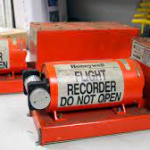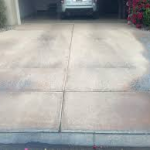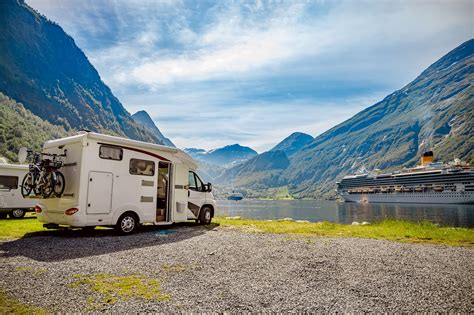Copper pipes are consistently used in both commercial and residential applications. They continue to be seen as a reliable option for all sorts of jobs, from natural gas distribution to plumbing and HVAC or heating, ventilation, and air conditioning uses.

Copper piping can be dated back to ancient Egyptian times and became hugely popular due to the durability and versatility on offer. Today, there are many different versions available to suit all sorts of different applications, as the following guide demonstrates.
Thickness of the pipes
Veteran tradespeople will be able to differentiate copper piping from suppliers such as Watkins and Powis just by its thickness but, for ease, it is also coded with colour classifications. These are: green type K, blue type L, red type M, and yellow DMW pipes.
How thick the copper piping is will determine everything from its price and durability to its pressure rating. Type M, L, and K copper pipes are commonly used in water distribution, and DMW piping is a popular choice for waste management.
Type K copper pipes
These contain the most copper and have the thickest walls. This makes them extremely heavy and durable and also the most expensive to buy. Type K pipes and their associated copper pipe fittings are most commonly chosen for commercial applications and industrial uses. They come in flexible and hard pipe rolls.

Type L copper pipes
These are popular choices in domestic and small business settings thanks to their ability to offer a balance between price and durability. They are lighter than K pipes but can still be used underground.
Hard L pipes are often chosen for indoor use, including supplying hot water and feeding sprinkler systems, while soft versions are chosen for outdoor and underground uses without the need for fittings. This type of copper pipe can withstand high water pressures and can alleviate concerns about premature wear and tear. Read about the high safety levels offered by copper piping at https://safepipingmatters.org/are-copper-pipes-safe/.
Type M
These have the thinnest of all of the pipe walls, but this makes them lighter, cheaper and simpler to install. If durability is an issue, however, factors such as water pressure, water composition, landscape conditions, and the weather must be considered.
Copper drain, waste and vent pipes
The DWV pipes are used to get rid of waterborne waste and operate using gravity rather than water pressure.




















+ There are no comments
Add yours